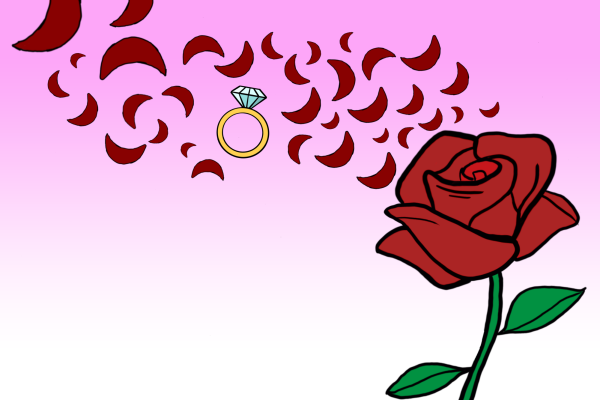Brad’s Apps: Duolingo
Duolingo is a language learning app/website which has amassed over 100 million users in a little over three years. The app was created by Carnegie Mellon professor Luis von Ahn with Severin Hacker, a graduate student of his at the time. They created the program with the goal of making language learning accessible to everyone.
The language learning environment is in a gameplay format. By doing this the creators aim to make the content more engaging and fun for the user. One aspect of this is the social language
learning aspect allowing you to compete with friends and see each others progress. Through seeing each other’s progress, the goal is for you to want to one up your friend therefore engage in the app more.
When you first start a language you are given the choice to take a placement test or start at the begining of the course. The course is structured in levels with each level being broken down into smaller sub-categories tackling topics related to the main level. Once either your place to start is determined or if you began at level one you are shown a list of lessons to complete. There are a number of lessons per row and you have to complete all on the row to continue progressing. When you select a subcategory there are anywhere from 1-10 lessons over the topic.
The lessons in Duolingo have multiple sub-lessons which are taught in a variety of ways. One way which especially shows up at the start of lessons is a question asking to identify the correct word which has a picture above it making it very easy to select the correct word. One of the most common techniques is given a phrase drag and drop the translation. When you drag the words it says the word; this can also be done for the prompt. A questionable feature is the ability to click the words in the prompt and get an automatic translation. I personally think it’d be better for the learner to select the wrong word and learn from their mistake but some users may enjoy the feature. There is also matching technique where you match the english words with the translation. You have unlimited tries so you will ultimately come out of it victorious. A unique technique is the use of listening to someone speak and either write what they said or translate the phrase. This similar to the technique where the app listens to your voice and compares it to it’s database to see if it sounds like the correct words.
Overall, I think Duolingo is a great way to learn a new language on your phone and is an even better supplement to a language course taken at school. Due to Duolingo’s nature of being based on an algorithm, you never know what prompts you’ll get and you will allways get something unique to enhance your understanding of the language.













